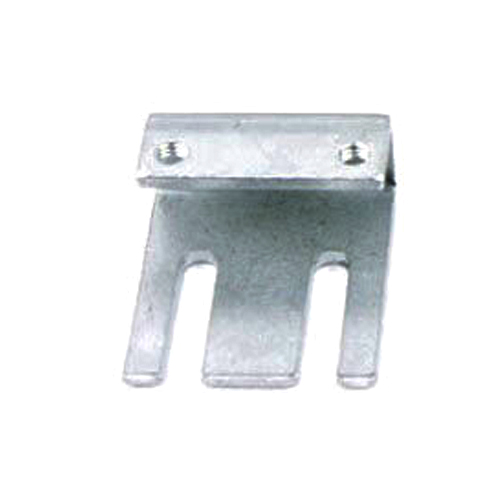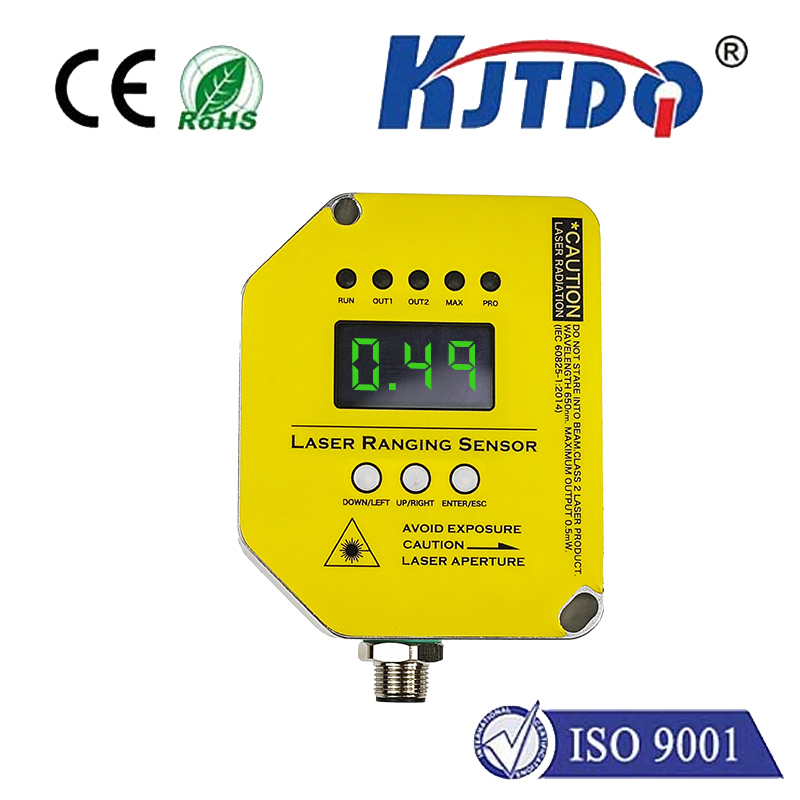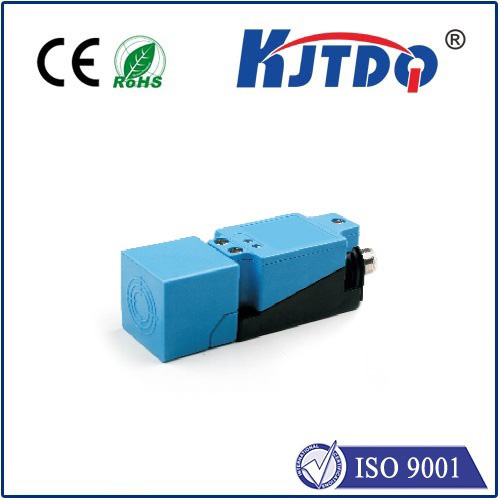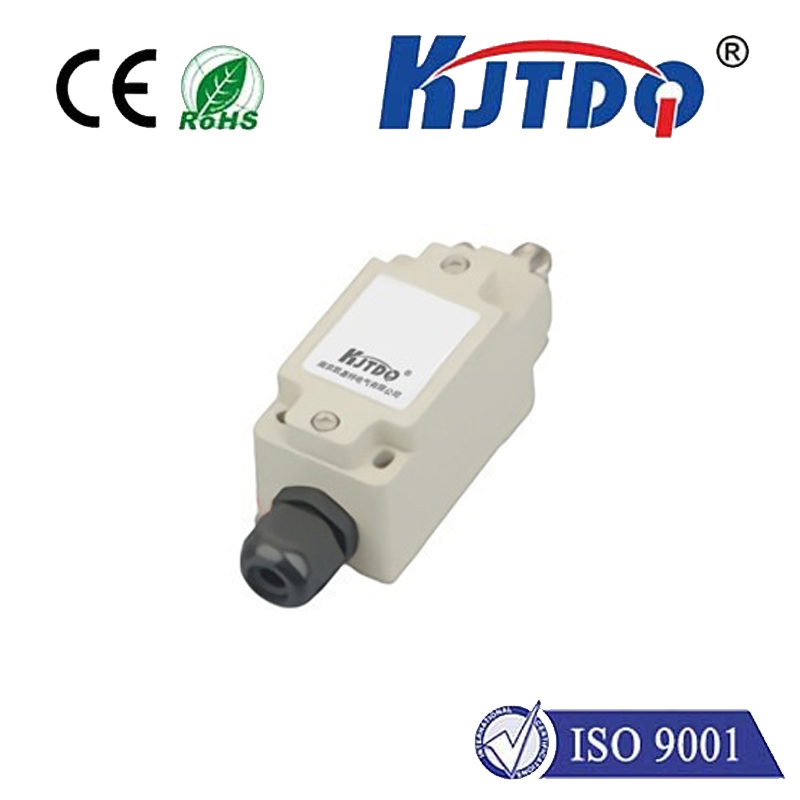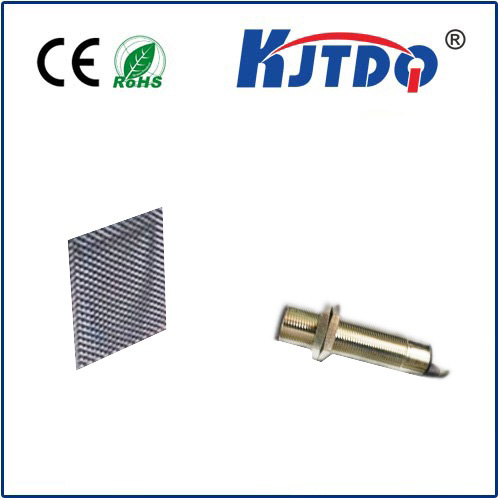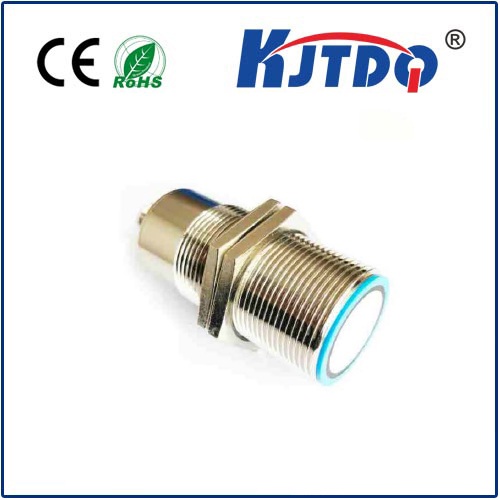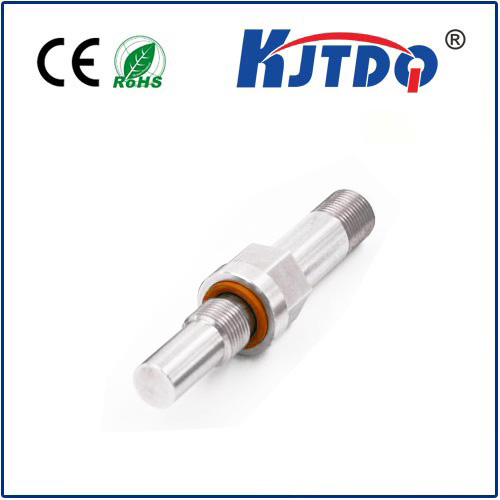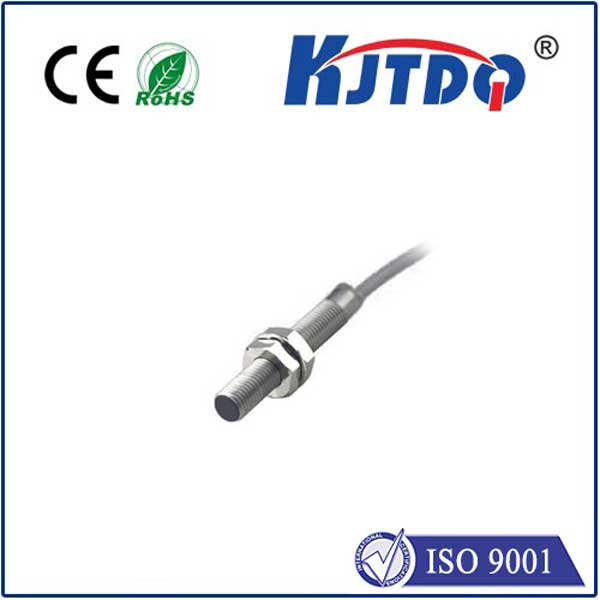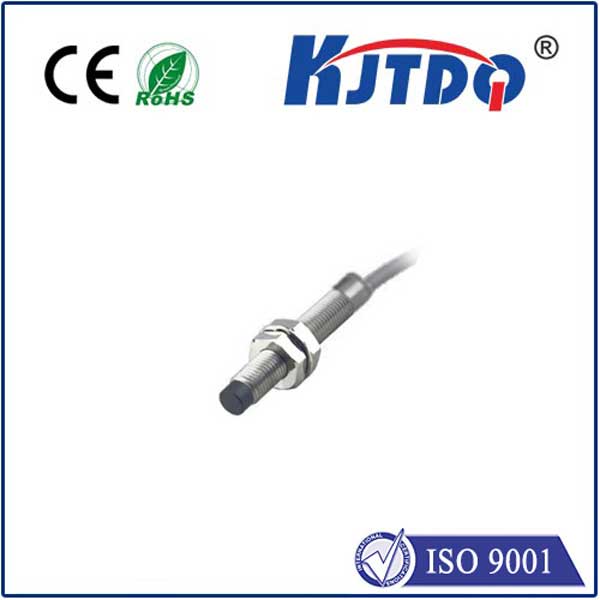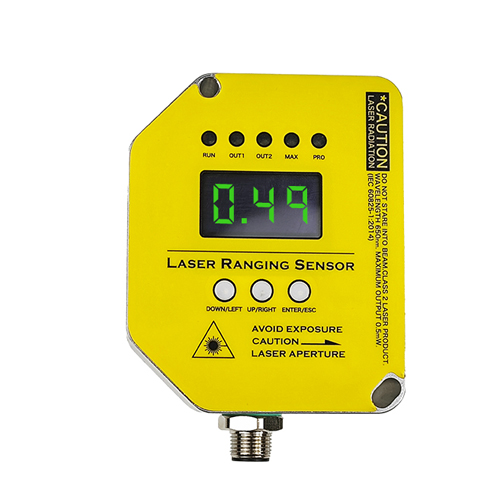BES05F0 high pressure proximity sensor
- time:2025-10-15 01:50:58
- Click:0
BES05F0 High Pressure Proximity Sensor: Uncompromising Detection in Extreme Environments
Imagine a critical hydraulic system powering massive machinery, operating under immense pressures that would crush standard components. Or envision deep-sea exploration equipment, submerged and subjected to crushing aquatic forces. In scenarios like these, reliable object detection isn’t just convenient – it’s paramount for safety, efficiency, and preventing catastrophic failure. Traditional proximity sensors would falter under such duress. This is precisely where the BES05F0 High Pressure Proximity Sensor steps in, engineered to deliver unwavering performance where others simply cannot survive.
Understanding the Core: What is a High Pressure Proximity Sensor?
At its heart, a proximity sensor detects the presence or absence of an object without physical contact. Inductive proximity sensors, like the BES05F0, generate an electromagnetic field. When a metal target enters this field, it induces eddy currents within the target, causing a detectable change in the sensor’s own oscillation. This change triggers the sensor’s output signal. The brilliance of the BES05F0 lies not just in its fundamental detection principle, but in its robust construction specifically designed to withstand extraordinarily high ambient pressures.
Why “High Pressure” is Non-Negotiable
Standard proximity sensors are typically housed in materials like PBT plastic or standard stainless steel. While adequate for many industrial settings, these materials have inherent limitations:

- Material Deformation: Under extreme pressure (think hundreds or even thousands of bar/psi), standard housings can deform, crack, or implode. This compromises the internal electronics and sensing coil, leading to immediate failure or inaccurate readings.
- Seal Failure: Maintaining the internal cavity of the sensor at atmospheric pressure is crucial for its operation. High pressure can breach standard seals (O-rings), allowing pressurized media (oil, water, hydraulic fluid) to infiltrate the sensor body, causing short circuits and corrosion.
- Performance Drift: Even temporary exposure to high pressures can shift the sensor’s switching characteristics, causing unreliable detection points or premature triggering.
The BES05F0 High Pressure Proximity Sensor addresses these vulnerabilities head-on through specialized engineering.
The BES05F0 Advantage: Built for the Brink
This sensor isn’t just labeled “high pressure”; its design embodies the requirement:
- Heavy-Duty Pressure Vessel Housing: The BES05F0 typically features a housing machined from high-strength, pressure-resistant materials like specialized stainless steel alloys. This robust enclosure acts like a miniature submarine, protecting the delicate internal components from crushing external forces.
- High-Integrity Sealing: Critical to its operation are specialized, high-pressure rated seals designed to maintain a reliable barrier. These seals are meticulously chosen and tested to withstand the specific pressures the sensor is rated for, ensuring the internal cavity remains uncompromised.
- Optimized Internal Design: The internal components, including the sensing coil and electronics, are often potted (encased in epoxy or similar compounds) or specifically arranged to minimize voids and resist pressure-induced stress, enhancing mechanical stability and preventing internal movement that could affect sensing distance.
- Ruggedized Sensing Face: The front face exposed to the pressurized environment is reinforced to prevent deformation that could alter the electromagnetic field characteristics.
Where the BES05F0 High Pressure Proximity Sensor Excels
The BES05F0 finds its true calling in environments where standard sensors are a liability:
- Hydraulic Systems: Monitoring piston position inside high-pressure cylinders (position feedback), detecting valve spool position, leak detection in pressurized lines. Reliability here prevents system downtime and hazardous leaks.
- Oil & Gas Exploration/Production: Downhole tools, subsea equipment (ROVs, BOPs), high-pressure manifolds. Surviving extreme depths and pressures is non-negotiable for operational integrity.
- Power Generation: High-pressure turbine control systems, boiler feed pumps. Ensuring precise component positioning under intense conditions safeguards critical infrastructure.
- Heavy Machinery: Large presses, forging equipment, injection molding machines operating with massive hydraulic forces. Accurate position feedback under load guarantees process consistency and safety.
- Test Benches: Subjecting components to extreme pressure cycles requires sensors that won’t fail during the test itself. The BES05F0 provides dependable data acquisition under duress.
- Underwater Applications: Beyond oil & gas, any submersible equipment requiring object detection in deep water benefits from its pressure resilience.
Beyond Pressure: Performance & Integration
While its high-pressure capability is the defining feature, the BES05F0 doesn’t compromise on core proximity sensor performance. It typically offers:
- Stable Sensing Distance: Consistent detection points relative to its rated specifications, even under demanding conditions.
- Reliable Electrical Outputs: Options usually include DC NPN/PNP types with Normally Open (NO) or Normally Closed (NC) switching functions, providing versatile integration into control systems.
- Robust Electrical Protection: Often featuring protection against short-circuit, reverse polarity, and surge transients, enhancing overall system reliability.
- Standardized Mounting: Designed with common form factors (like M12x1 or M18x1 threaded barrels) and connection types (e.g., M12 connectors, cable exits) for straightforward installation.
Ensuring Longevity and Optimal Performance
Deploying the BES05F0 High Pressure Proximity Sensor effectively requires attention to detail:
- Know Your Pressure Rating: Always select a sensor whose maximum operating pressure rating comfortably exceeds the peak pressures expected in your specific application. Never operate near the absolute maximum limit for sustained periods.
- Consider Media Compatibility: Ensure the housing material and seals are compatible with the fluid or gas in the pressurized environment (oil, water, hydraulic fluid, specific gases) to prevent corrosion or seal degradation.
- Temperature Matters: Factor in the operating temperature range alongside pressure, as temperature can influence material properties and seal performance. High pressure combined with extreme heat is particularly challenging.
- Installation Integrity: Follow manufacturer guidelines meticulously for tightening torques on threaded bodies and proper sealing procedures. An improperly installed seal is a point of failure waiting to happen.
- Target Material & Size: Remember, as an inductive sensor, the BES05F0 requires ferrous (iron-based) or non-ferrous metal targets (depending on its specific design). Ensure the target size meets the sensor’s specifications for reliable switching.
The Value Proposition of Resilience
The BES05F0 High Pressure Proximity Sensor represents more than just a component; it embodies a solution to a critical challenge. Its specialized construction comes at a premium compared to standard sensors, but this cost is easily justified by the immense value it delivers: preventing catastrophic equipment failure, minimizing costly downtime in critical processes, enhancing operational safety in hazardous environments, and enabling the reliable automation of tasks under previously prohibitive conditions. In the relentless push for efficiency and performance in extreme industrial landscapes, the BES05F0 stands as an indispensable sentinel, ensuring detection precision where pressures soar.






